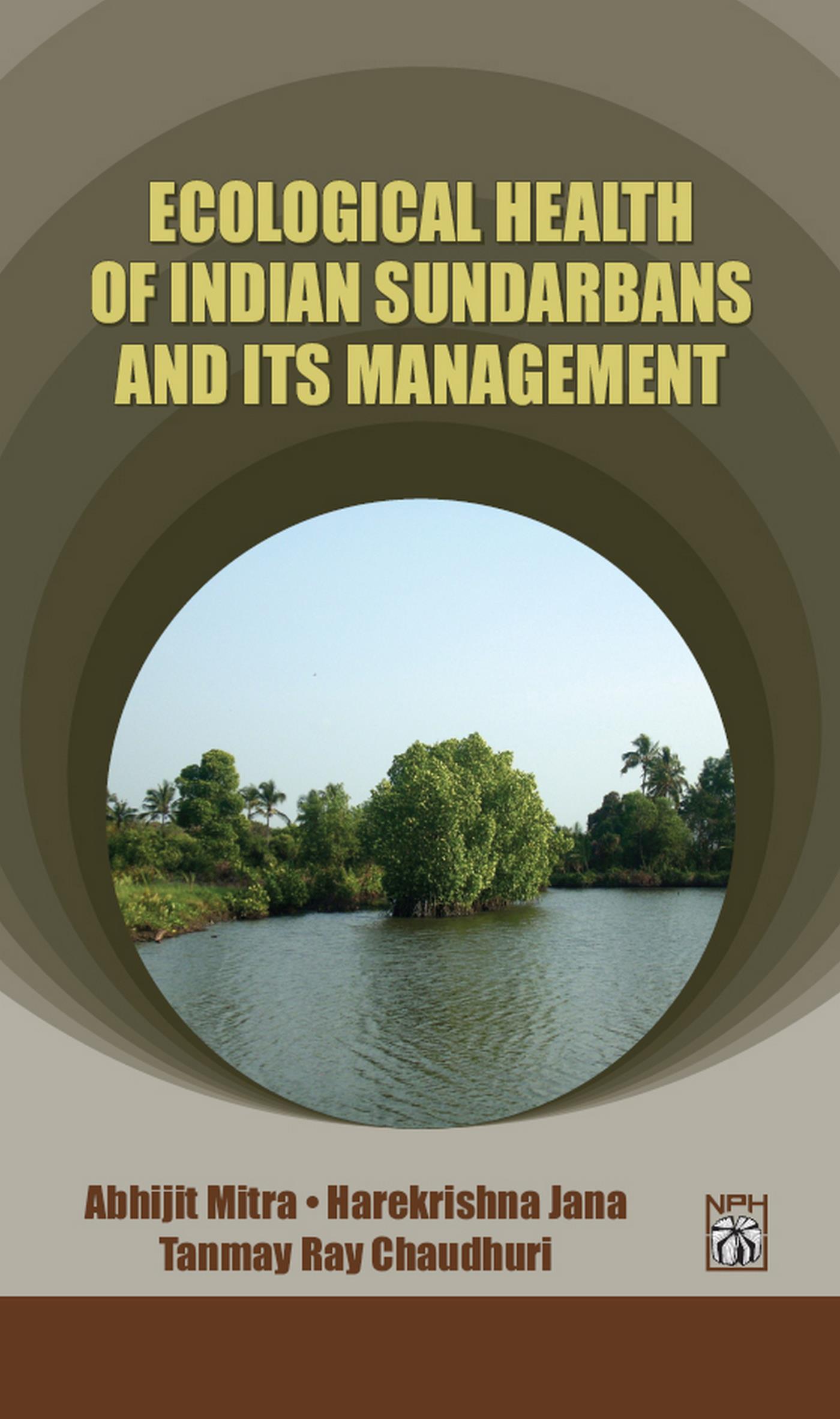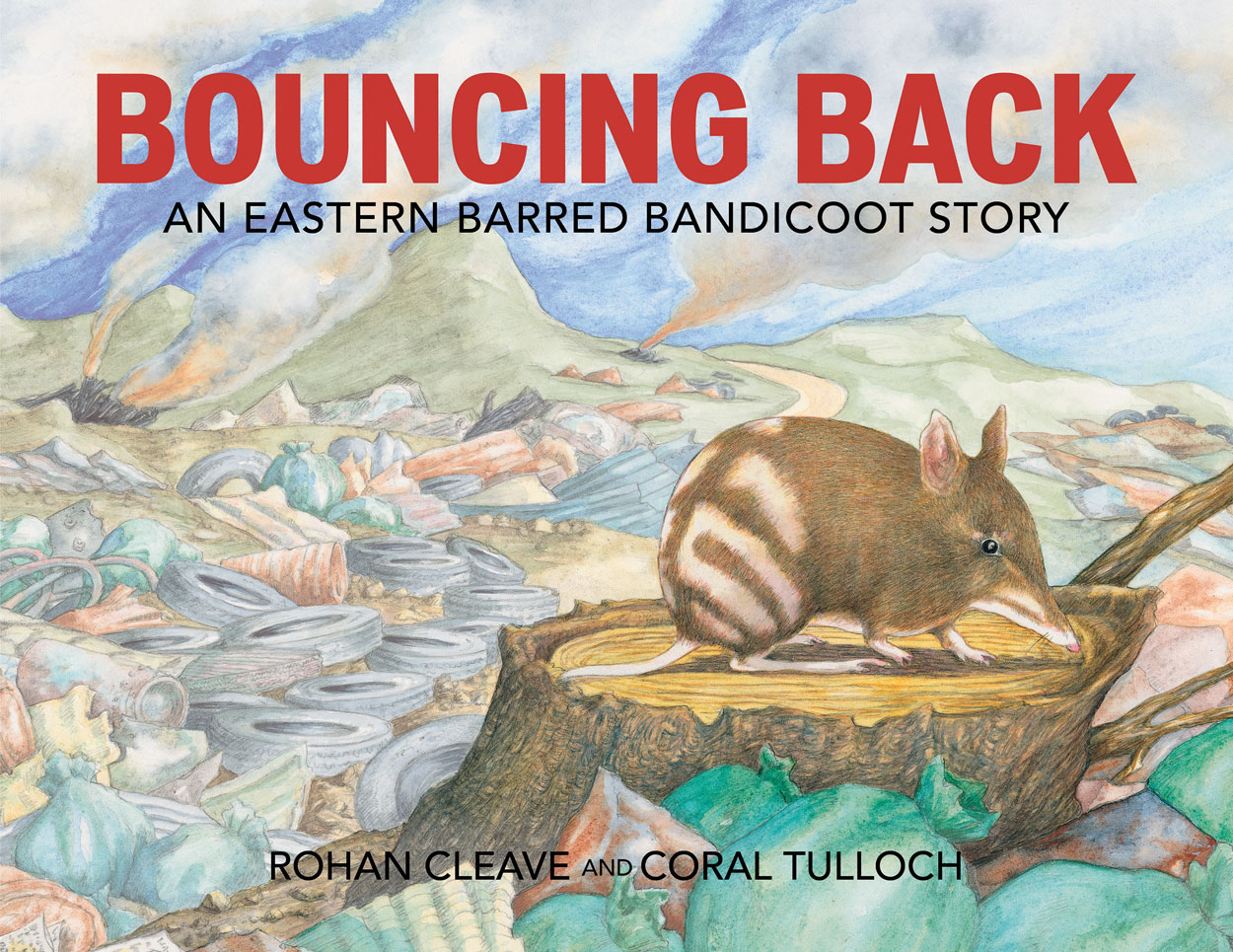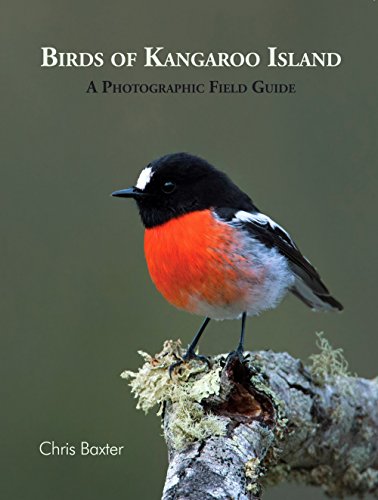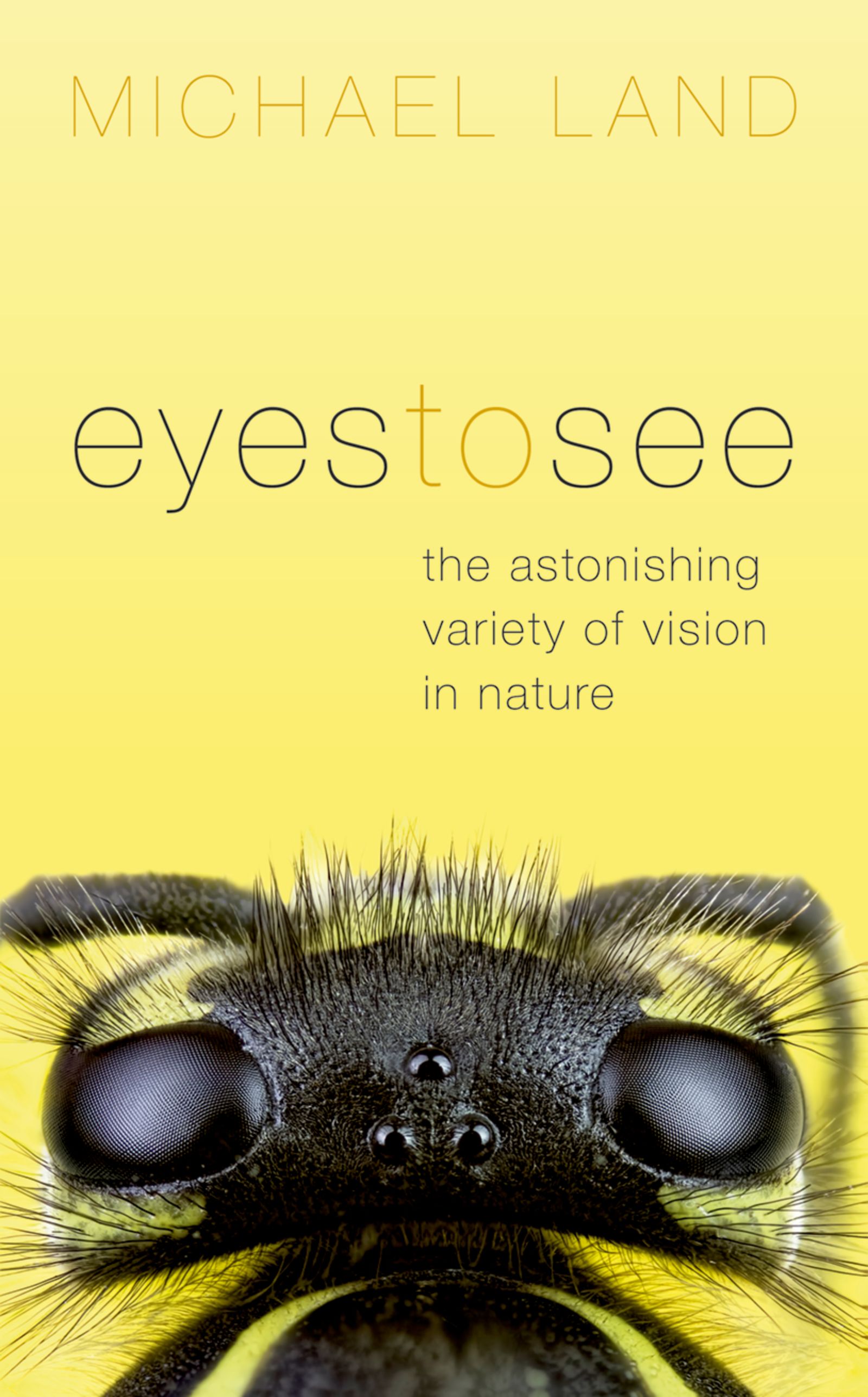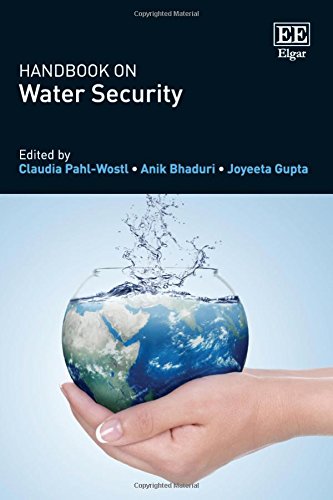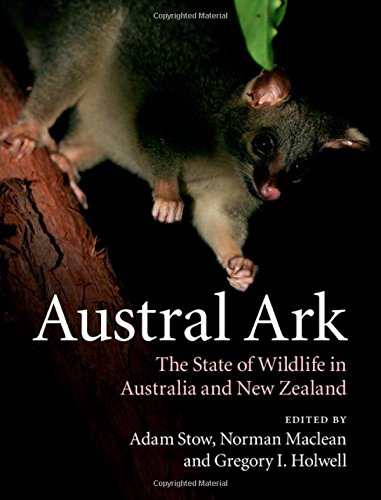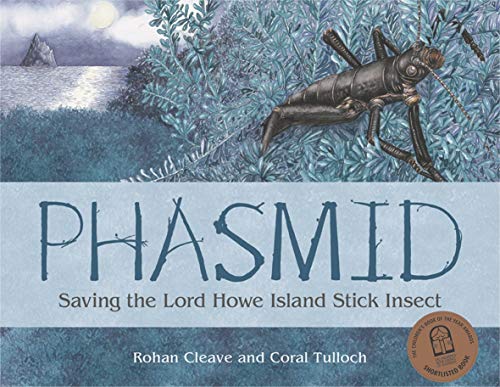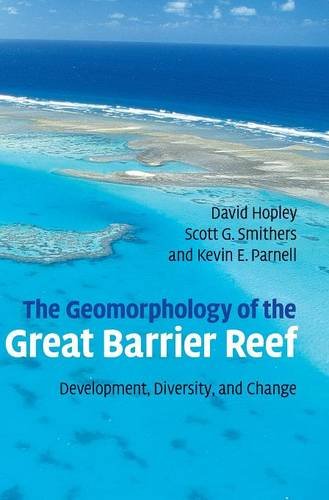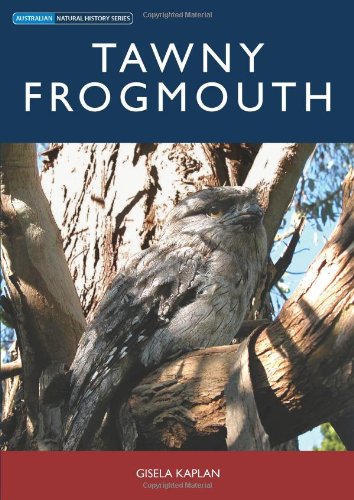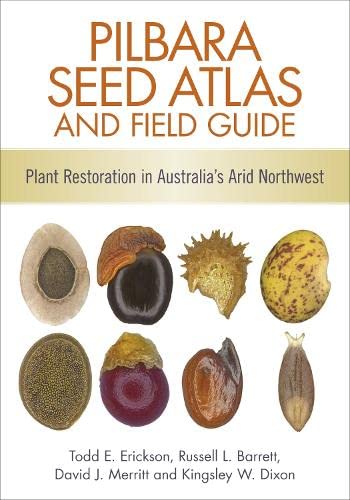Ecological Health Of Indian Sundarbans And Its Management
by Abhijit Mitra
2020-07-23 01:08:42
Ecological Health Of Indian Sundarbans And Its Management
by Abhijit Mitra
2020-07-23 01:08:42
If Anybody Ever Happens To Visit A Coastal Area Or Estuarine Stretch, Unique Vegetation At The Land - Sea Interface Is Observed With Some Peculiar Features Like Pneumatophores, Stilt Roots, Viviparous Germination Etc. These Are Called Mangroves. Mang...
Read more
If Anybody Ever Happens To Visit A Coastal Area Or Estuarine Stretch, Unique Vegetation At The Land - Sea Interface Is Observed With Some Peculiar Features Like Pneumatophores, Stilt Roots, Viviparous Germination Etc. These Are Called Mangroves. Mangroves Stepped On This Blue Planet About 114 Million Years Ago In The Indo-Malaysian Area And Later Spread To Other Regions Of The Tropics. Due To Their Peculiar Reproductive Strategy Of Viviparous Germination, Propagules Dropped From Their Mother Plants And Floated In The Aquatic Phase And Gradually Swayed To America, Reached At Central And South America During The Cretaceous Period And Lower Miocene Epoch Between 66 And 23 Million Years Ago. Today, The Best Habitat Of Mangroves Is The Indo-Pacific Region. The Mangrove Ecosystem Offers Several Ecosystem Services, Which Are Essential To Run The Wheel Of Civilization As Well As To Support The Livelihood Of People Living And Dependent On The Coastal Resources. The Conservation Of Mangroves Is Fundamental To All Marine Biological Processes, For Maintenance Of Biodiversity And Ecosystems And For Primary And Secondary Productions That Support Human Needs. Competition For Limited Resources Has Intensified With Human Population Growth In Coastal Regions And The Diversion Of Mangroves For Economic Activities And Livelihoods Has Been Experienced Globally. It Is Important To State That Such Threatened Ecosystems Can No Longer Provide Their Optimum Biological Functions And Regulate Services That Sustain Coastal Economic Production And Livelihoods. Today The Rapid Pace Of Urbanization, Intense Industrial Activities, Aquaculture And Unplanned Tourism Has Deteriorated The Mangrove Ecosystem To A Great Extent. We Are Not Very Much Aware Of The Loss We Will Face In Future Not Only In Terms Of Fishery, Timber, Honey, Wax And Various Economically Important Products, But Also In Terms f Ecosystem Stability, Protection Against Sea Level Rise And Erosion, Natural Disaster Etc. The Present Book Has Critically Presented The Data Bank For Each Type Of Mangrove Resources Not Merely In The Form Of Text Description, But Also Through Case Studies That Are The Outcomes Of Research Projects And Pilot Programmes Carried Out In Different arts Of The World. For A Long Time There Was A Need Felt For This Type Of Book On Mangroves And More Specifically Sundarban Mangroves For Common People. This Would Reduce The Communication Gap At Different Levels. Hence While Writing This Book We Tried To Bye Pass Hard Core Scientific Terminologies, Concepts And Models Related To Mangroves. We Hope That The Present Book Would Answer At Least Some Of The Doubts Of Common Readers On This Unique Halophytic Vegetation Of The Planet Earth.
Less


